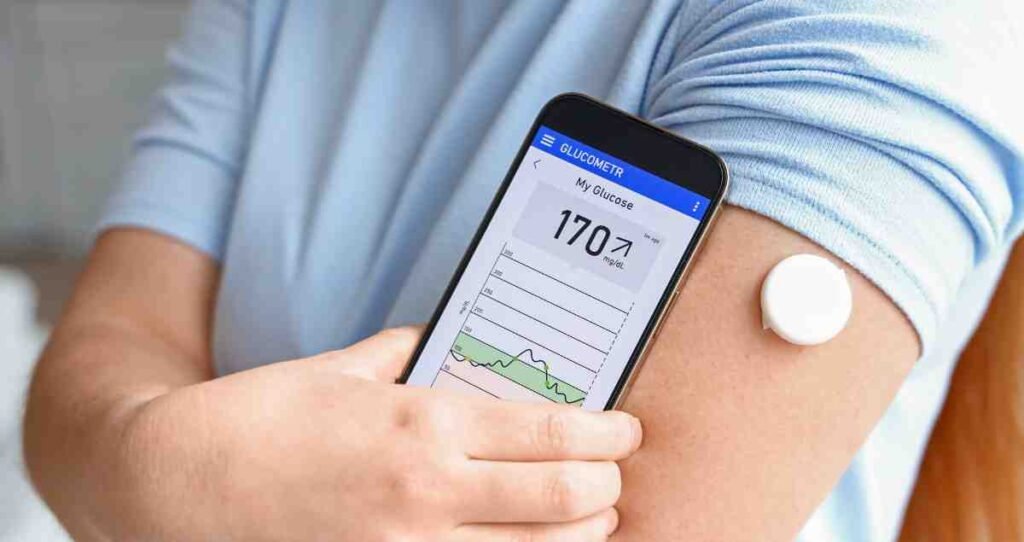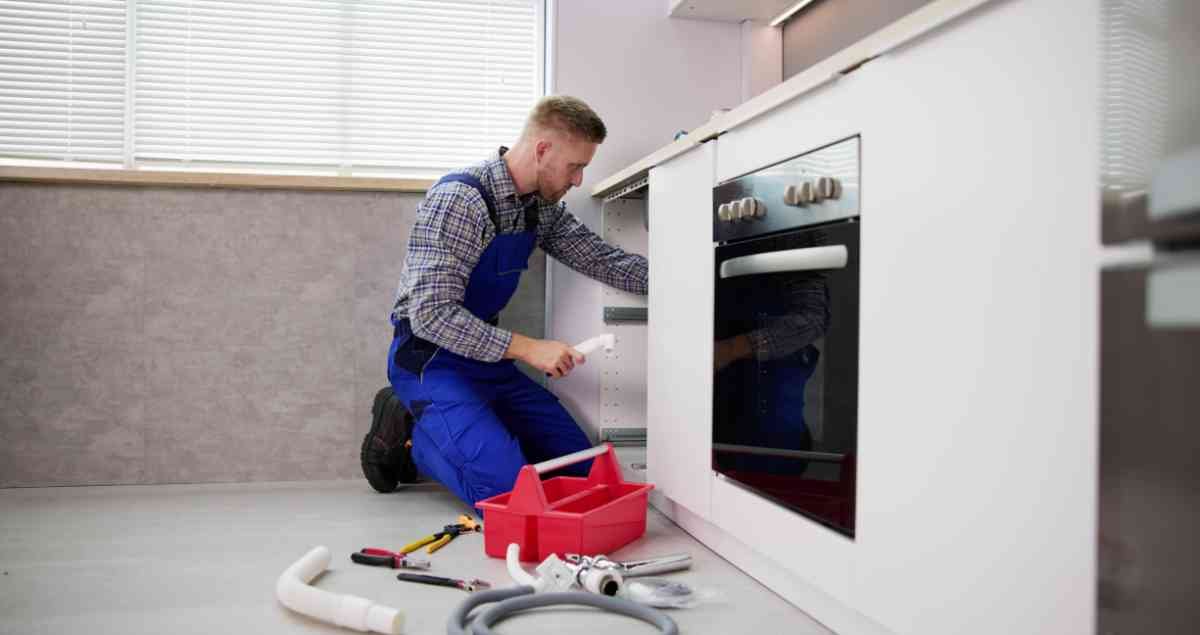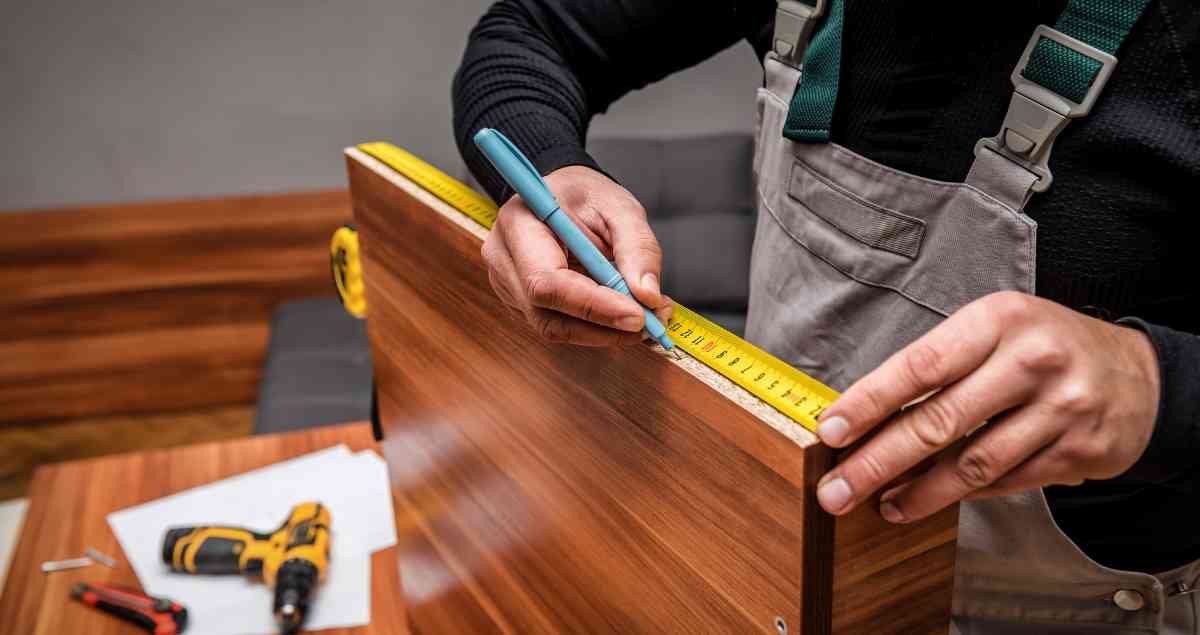In the treatment of diabetes, a patient needs to perform regular glucose control on behalf of himself or herself. The role of blood glucose monitors in the self-management of diabetes isn’t overestimated. The devices are vital to keep health and reduce risks of diabetic complications. The guide will dwell deeper into the fundamentals of continuous glucose monitors, disclose their benefits and thus provide you with useful tips for picking the best model for yourself.
What Makes the Blood Glucose Monitors Differ?
A blood glucose meter represents a medical tool that is used by diabetics in order to determine the quantity of glucose (sugar) existing in the blood. These devices are the pillar of daily diabetes management questions, like what food, sizes and drugs would affect the blood sugar.
- Some varieties of Blood Sugar Meters.
There are several types of blood glucose monitoring devices available, each suited to different preferences and medical needs:There are several types of blood glucose monitoring devices available, each suited to different preferences and medical needs:
Standard Glucose Meters: These [[hematoglycemias|blood testings]] are simple and require a finger prick.
Continuous Glucose Monitors (CGMs): CGMs supply actual, dynamic glucose information by measuring continuously a person’s glucose level through a sensor that is worn and placed under the patient’s skin.
Non-Invasive Monitors: New technologies focusing on the totally non-invasive methods are developing, in virtue of them a need for making blood testings is completely unnecessary.
- Benefits of being able to self-monitor the glucose level
Using a blood glucose monitor offers several advantages, particularly for individuals managing diabetes:Using a blood glucose monitor offers several advantages, particularly for individuals managing diabetes:
- Immediate Feedback: Meters provide a product of time reaction contributing to forming the correct decisions about dietary planning, loads and intensity of physical exercises and insulin dosage
- Trend Tracking: A majority of the devices store the glucose readings and these could be reviewed by the users and healthcare providers to track trends and patterns for either short or longer-term period.
- Preventative Care: An ongoing assessment can therefore avoid the dangerous complications of diabetes that may arise likely these being cardiovascular disease, nerve damage, as well as kidney disease.

What criteria to take into account in choosing the most accurate blood glucose monitor.
Selecting the right blood glucose monitor depends on various factors:Selecting the right blood glucose monitor depends on various factors:
Ease of Use: For example, how you understand and use the monitor is just as easy as checking your blood sugar levels, if not more constant.
Data Management: There are some tools that provide state-of-the-art data management functions, such as applications that automatically put your data on your smartphone, making it simpler to identify and alert your healthcare provider.
Insurance Coverage: Ensure that you understand what test strips and blood glucose monitors are accepted through your insurance provider’s checklist.
Accuracy: Verify that the monitor will put up with the precision standards set by regulating authorities.
Suggestions To Successful Blood Glucose Monitoring.
To get the most out of your blood glucose monitor, consider the following tips:To get the most out of your blood glucose monitor, consider the following tips:
- Regular Calibration: Keep your device well-calibrated if you follow up what the manufacturer instructs, to secure precision.
- Consistent Testing: Check your blood sugar levels in the same time each day, as your provider suggested, or regularly at the same scheduled time to have consistent, comparable readings.
- Hygiene: Remember to sanitize your hands before test taking; it will help you stay infection free and maintain the accuracy of readings.
A Glance of the Blood Glucose Monitoring of the Present
The prospects of blood glucose monitoring are apparent, thanks to the development of technology which have in turn replaced bulky devices with smaller, accurate, user friendly and highly efficient devices. In adddition to the technology which is alreaady available such as e.g. implantable monitors and devices which synchronize with smartphones and wrist -watches, the interactive technology development is about give diabetes management a broader daily integration.
Conclusion
Doctors’ and nurses’ work can sometimes be put under a wide range of physical stress, leading to fatigue and low morale. Their role cannot be underestimated as these assist devices give core information that can hinder complications and improve the quality of life that is enjoyed. Whether you go for a smartphone application, wristband, or a package unit with monitoring capability, choosing the right device is critical for proper diabetes management.












One Response